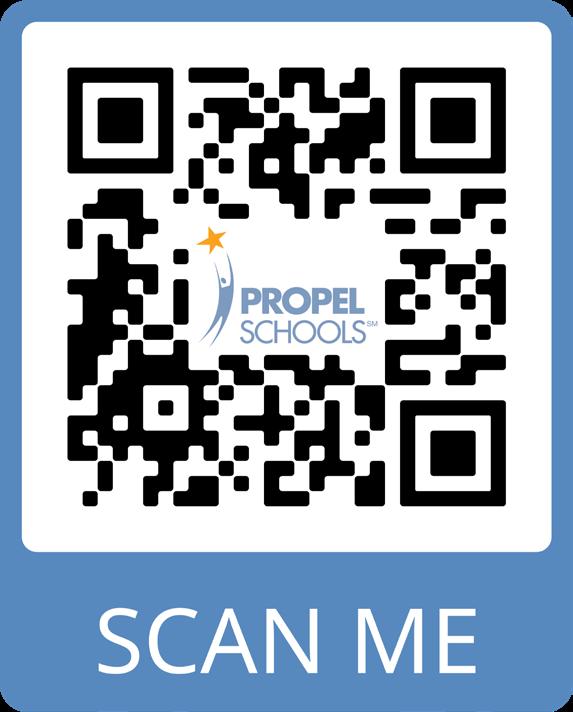Help Your Child Succeed in


Beginning in Kindergarten, children develop critical skills to become lifelong learners. Here are some key concepts you can work on with your child at home to set them up for success.

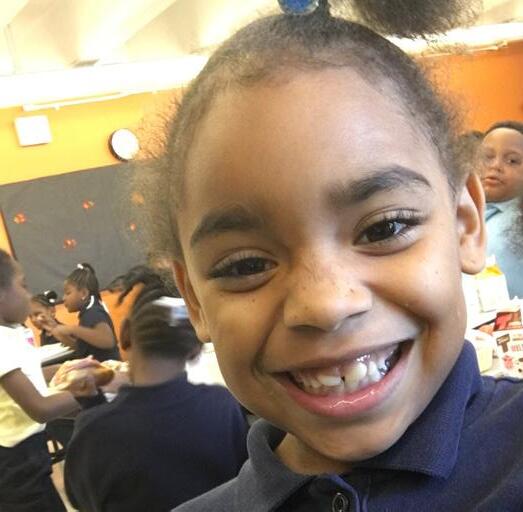
1 3 2
Learn your name. Label things in your home with your child’s name. By the first day of school, they should be able to recognize and write their first and last name.
Know each letter sound. Download ABC Kids app and practice sounding out letters 10-15 minutes a day.
Learn alphabet.the
While singing the ABC song, use your copy of the alphabet to point out the capital and lowercase letters. Students should know the letters even when they are out of order. Practice by identifying letters you throughoutsee the day.
Counting numbers 1-10.
Help your child count from 1 to 10. Use a number line to point to each number as you say it and have your child practice writing numbers as they count aloud.
Read and retell.
After you read with your child, ask them to tell you about the story. Ask them what happened first, next, and last.
What do numbers even mean?
Children need “number sense”! Group objects to show each number’s value: 1 crayon, 2 pencils, 3 books and so on. Suggest counting groups of objects at home or around your neighborhood.
Investigate pictures.
Picture books are a great way to help your child build their knowledge. After reading, ask them about what is happening in each picture, predict what will happen next, and discuss what the characters may think or feel.
Practice reading.
Have your child practice how to hold a book, turn its pages (one by one), and read each page (top to bottom, left to right).
Read
4 5 6 7 8 9 10
every day.
Read aloud with your child for 10-20 minutes every day. Bedtime is a perfect time to create a routine; if parents aren’t available, have older siblings, aunts/uncles and grandparents read.

Colors and shapes.
Students should be able to identify their colors when they see them. They should also be able to recognize basic shapes like squares, circles, triangles, and rectangles. Ask your child to point out shapes and colors at home or around the neighborhood. Use flashcards to review the shape and color names.

Kindergarten students will learn new gross and fine motor skills to enhance their learning. Help set the foundation early by practicing these tasks before they come to school.
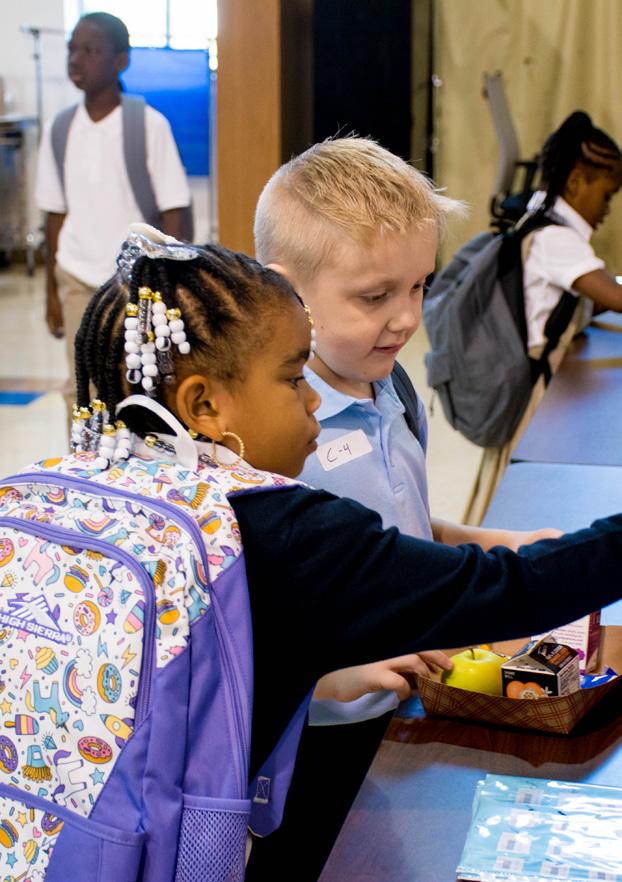
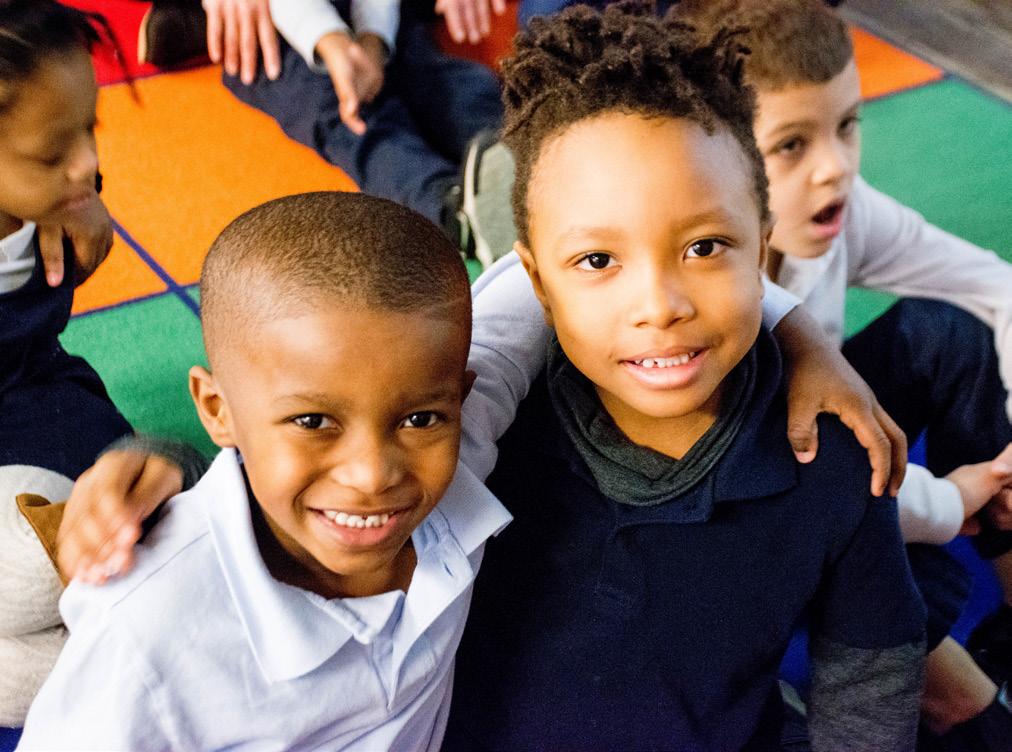
1
Holding a pencil.
Your child will use a pencil every day. Learning to hold a pencil will help them with using pencils, markers, and crayons. Practice writing by showing your child how to support the writing tip using the thumb and first finger.
2
Let’s get coloring!
Using crayons and markers will help build your child’s fine motor skills. Allow them to freely draw pictures and explain them to you. Have your child practice writing letters and numbers with crayons and markers.
Scissor
safety. Teach your child how to use scissors safely. Practice using scissors by holding them face down and by the handle, not the blade.
Be active! Burning off energy through physical activity can lead to students being more focused on school work. Play catch, skip and run with your child to help strengthen their coordination.
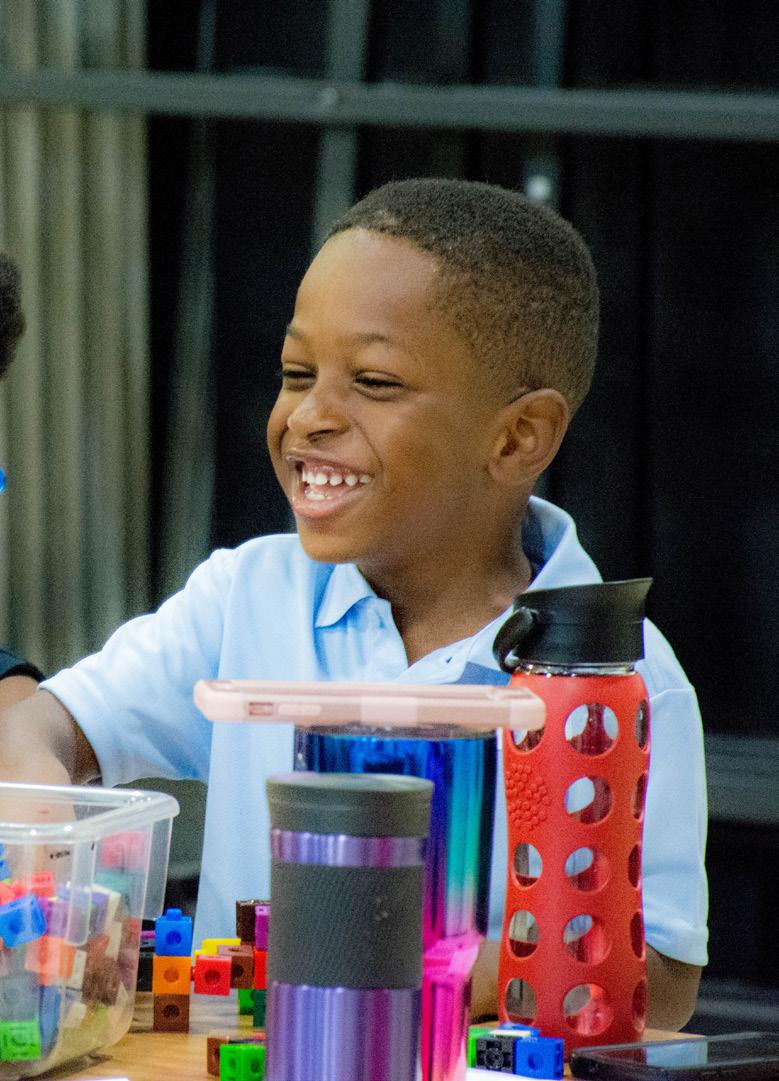
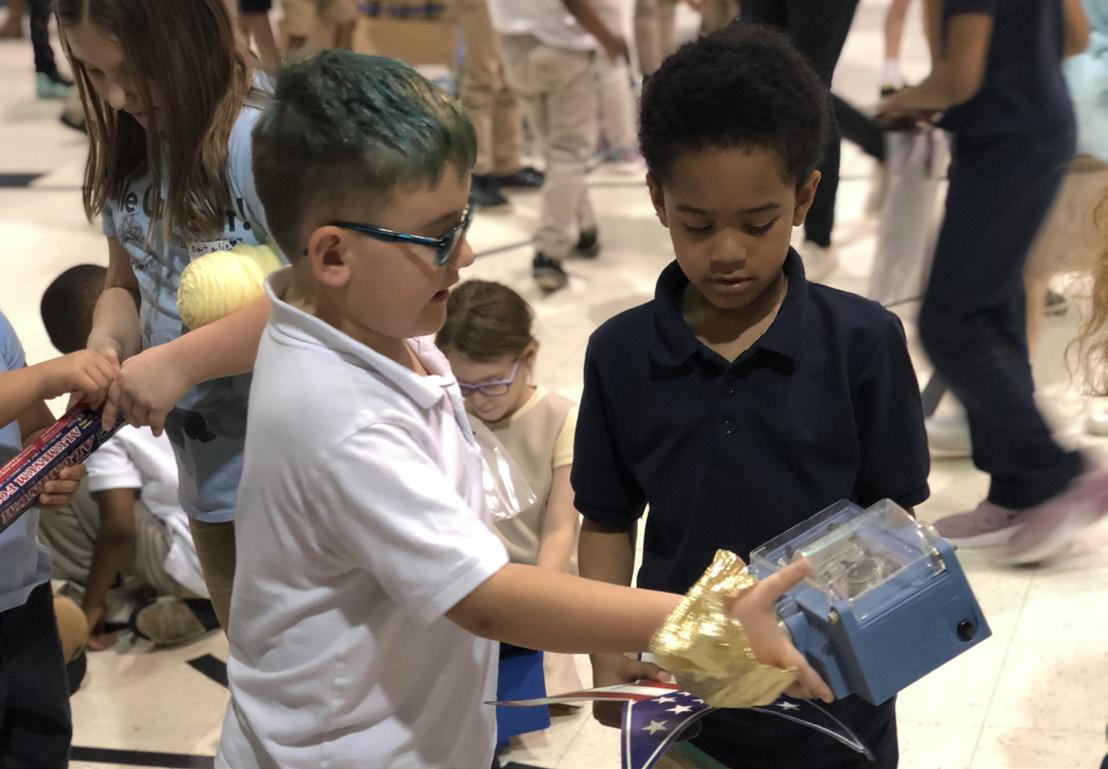

Social-emotional development is crucial in helping students become productive citizens who will change the world. Kindergarten is the perfect time for children to begin to talk about and express their emotions appropriately and build empathy for others.
1
School is cool!
Kindergarten will be an amazing adventure that will allow your child to make new friends and grow their brains. Get your child excited by reading books about going to school and having conversations about why school is fun.
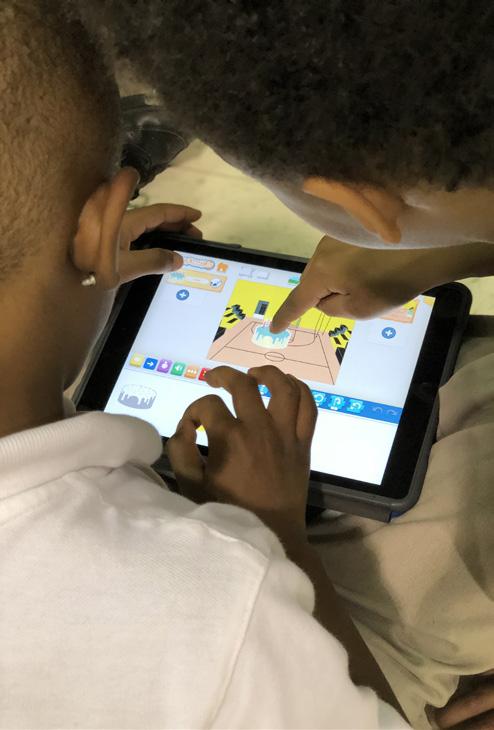
2 Knowing rules are important.
Talk with your child about why rules are important (rules keep us safe). Set up simple rules for your child to follow at home. Encourage them to ask for help if a task becomes too difficult.
3 Follow directions.
Give your child simple one and two-step directions. (Please grab a plate and come to the table). Then, ask your child to repeat them back to you before following the direction.
4 Take turns. Create opportunities for your child to play with others. Playing with their siblings at home or even friends from the neighborhood will help them learn to share and take turns. At home, play board games or games like Simon Says in which people take turns.
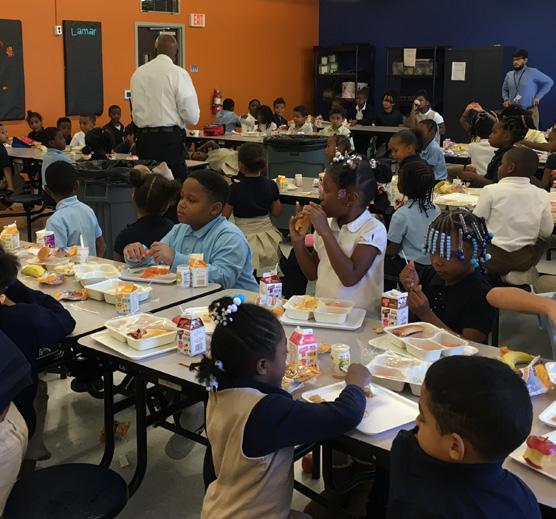
5
Respect each other’s feelings.
When students are aware of how they are feeling or how another person may be feeling, it helps them build empathy. In addition to asking, “how are you doing?”, ask “how are you feeling?” If your child is struggling to identify their emotions, provide them some options.
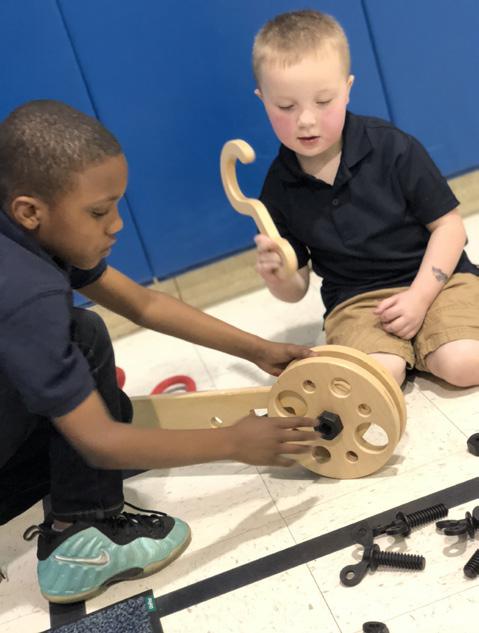

Learn cool down strategies.
It is okay for your child to feel angry or upset. However, it is important that they respond to those feelings appropriately. It is not okay to respond by hitting, yelling or acting out. Remind them of strategies they can use when they are upset: breathing deeply or finding a quiet space to calm down.
Be a caring friend.
Talk to your child about what friendship is and how to be a caring friend to others. Praise or reward them when they show kindness to others or if they apologize for being unkind. Remind them that people are happier when they are kind to each other.
7 Understanding persistence and resiliency.
8
Persistence means sticking with a task even if it takes a long time. Resiliency means sticking with a task even if it is difficult. Give your child tasks that are more challenging or longer than the things they’ve done before and encourage them to be persistent and resilient.
9
Being
independent.
At school, your child will be asked to place their belongings in a cubby, handle their bathroom needs, clean up after themselves and follow a daily routine. Practice doing all of these things at home until your child can do them independently.
Building confidence is key!
Your child is going to meet a lot of new people at school and have lots of new experiences. Have them practice introducing themselves to others. Also, teach them how to respectfully ask questions about things they don’t understand.
